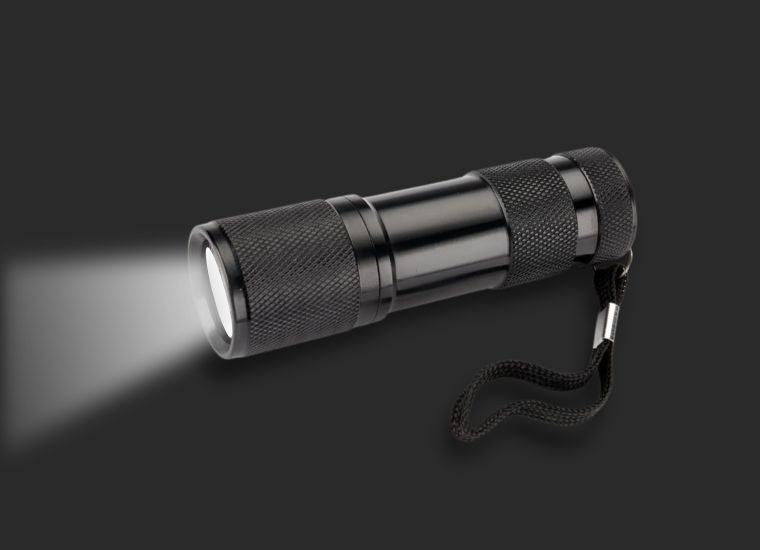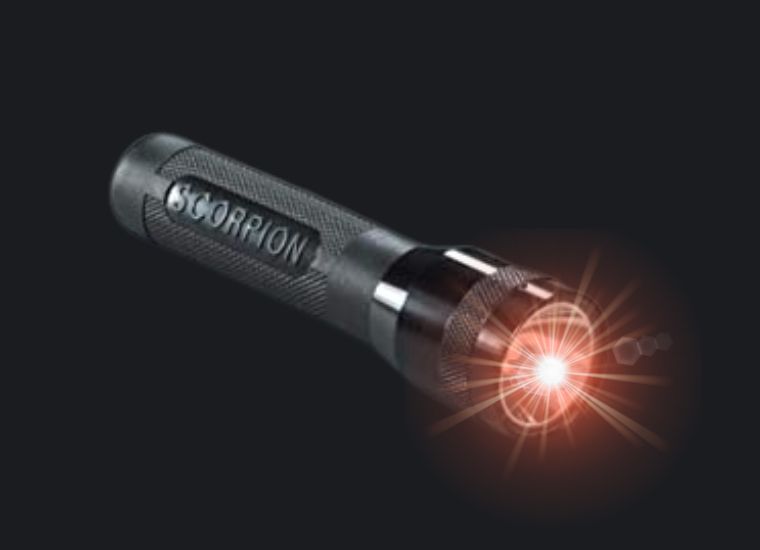Last Updated on May 27, 2025
Lighting technology has advanced significantly over the years, moving from outdated incandescent bulbs to more efficient options like LED and Xenon. In this comprehensive comparison of XENON VS LED Flashlight, we’ll explore the features, advantages, and weaknesses of both technologies. Whether you’re buying a flashlight for everyday carry, tactical use, or emergency preparedness, understanding the differences between Xenon and LED lights is essential.
Let’s break it down into 5 detailed parts.
Introduction to Modern Flashlight Technology
The Shift from Incandescent to LED and Xenon
In the past, flashlights relied heavily on incandescent bulbs, which were inefficient and fragile due to the use of tungsten filaments. These days, LED (Light Emitting Diode) and Xenon technologies dominate the flashlight market. They offer brighter light, longer lifespan, and better energy efficiency.
Both XENON and LED flashlights are widely used in industries, homes, automobiles, and outdoor gear. They’ve also become essential components in tactical flashlights, often reviewed in-depth like the Fenix PD25 Review for LED users.
Where You’ll Find Them
- LEDs: Everyday carry flashlights, headlamps, bicycle lights, emergency kits.
- Xenon bulbs: Specialty flashlights, high-intensity spotlights, medical equipment.
These two technologies provide vastly different lighting experiences, and your choice will depend on your specific needs.
XENON VS LED Flashlight Comparison Table (2025 Edition)
Below is a detailed comparison of XENON VS LED Flashlight across multiple features:
| Features | XENON Flashlight | LED Flashlight |
|---|---|---|
| Life expectancy | ~20,000 hours | 50,000 to 100,000+ hours |
| Environmental Impact | Contains hazardous materials (mercury) | Eco-friendly; no hazardous components |
| Color Temperature | Warm white (natural daylight tone) | Adjustable (cool white to warm white) |
| Brightness | Initially bright, then dims | Consistently high and adjustable |
| Filament | No filament | Uses semiconductors |
| Heat emission | Generates moderate heat | Minimal heat production |
| Energy efficiency | Lower compared to LED | Highly energy efficient |
| Durability | Fragile glass housing | Virtually indestructible construction |
| Cost | Generally more expensive | Affordable, wide price range |
| Battery Life | Shorter usage per charge | Longer usage per charge |
In-Depth Analysis of LED and Xenon Technologies
Understanding LED Flashlights
LEDs are solid-state semiconductors that emit light when electrical current passes through them. They are compact, efficient, and long-lasting. As highlighted in our Fenix vs klarus comparison, most tactical LED flashlights feature multiple diodes assembled to enhance brightness.
Key Advantages of LED:
- Long life (up to 100,000 hours)
- Minimal energy consumption
- High durability and impact resistance
- Cool operation (low heat emission)

They’re perfect for long outdoor trips, search-and-rescue operations, and daily utility because of their long battery life and reliability.
Understanding Xenon Flashlights
Xenon flashlights use pressurized gas (xenon) that glows when electrified. They produce a brighter and warmer light, more like natural daylight. This makes them ideal for use in medical settings or controlled environments.
Key Advantages of Xenon:
- Brighter than many incandescent bulbs
- Warmer, more natural light tone
- Good for short, intense lighting needs
However, their glass construction and shorter lifespan limit their use in rugged environments.
Practical Applications and Limitations
Real-World Use Cases
LED flashlights are suitable for:
- Camping and hiking
- EDC (Everyday Carry) tools
- Tactical and law enforcement use
- Emergency kits
Xenon flashlights are better for:
- Medical use (operating rooms)
- Studio and photography lighting
- High-end specialty applications
Weaknesses to Consider
While LED flashlights are praised for efficiency and durability, they do have some limitations:
- Directional beam needs lens adjustment for room lighting
- Color temperature may not be pleasing for all tasks
On the other hand, Xenon flashlights:
- Consume more energy and drain batteries faster
- Can overheat or burst when aged
- Are generally more fragile and costly

Check out our Coast Flashlight to explore an affordable and durable LED flashlight option.
Final Thoughts and FAQ on XENON VS LED Flashlight
Final Thoughts
In the XENON VS LED Flashlight debate, LED comes out on top for most users. It’s more energy-efficient, has a longer lifespan, is cost-effective, and provides consistent brightness. Xenon still holds value for those who prefer warm natural light or need intense lighting in professional environments.
For general users, outdoor adventurers, and EDC enthusiasts, LED flashlights like the ThruNite TN12 Pro offer the best balance between price and performance.
Frequently Asked Questions
1. Which is better, a Xenon or LED flashlight?
LED flashlights are generally better in terms of battery efficiency, durability, and lifespan. Xenon flashlights are brighter at first but less energy-efficient.
2. Why do LED flashlights last longer than Xenon flashlights?
LEDs don’t use filaments. They rely on semiconductors which are more resilient and long-lasting.
3. Are Xenon flashlights brighter than LED flashlights?
Initially, yes. But LED flashlights provide consistent brightness over time and don’t degrade as fast.
4. Which flashlight type is better for tactical use?
LED flashlights are superior for tactical use due to their reliability, shock resistance, and battery life.
5. Do Xenon flashlights consume more battery than LED flashlights?
Yes, significantly more. Xenon bulbs require higher power and generate more heat.
Related Articles
By understanding the core differences of XENON VS LED Flashlight, you’re now better equipped to choose the ideal lighting tool for your specific needs in 2025 and beyond.
